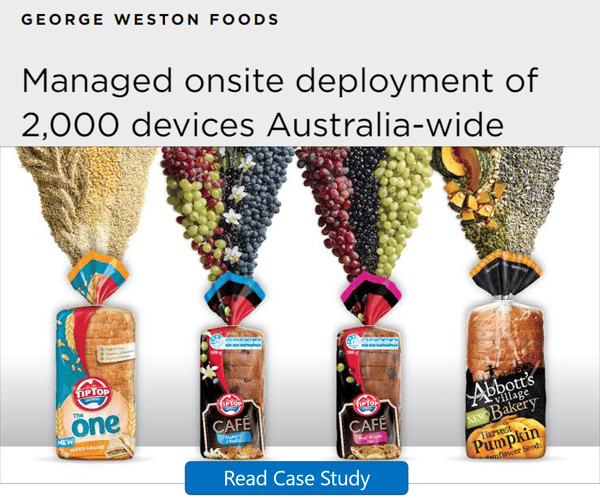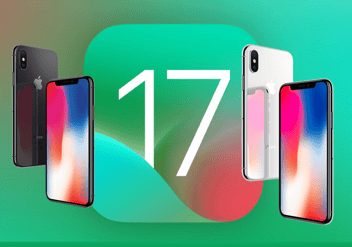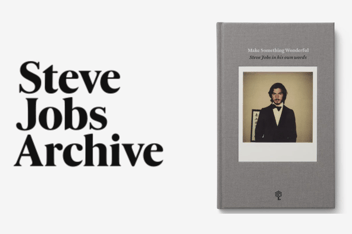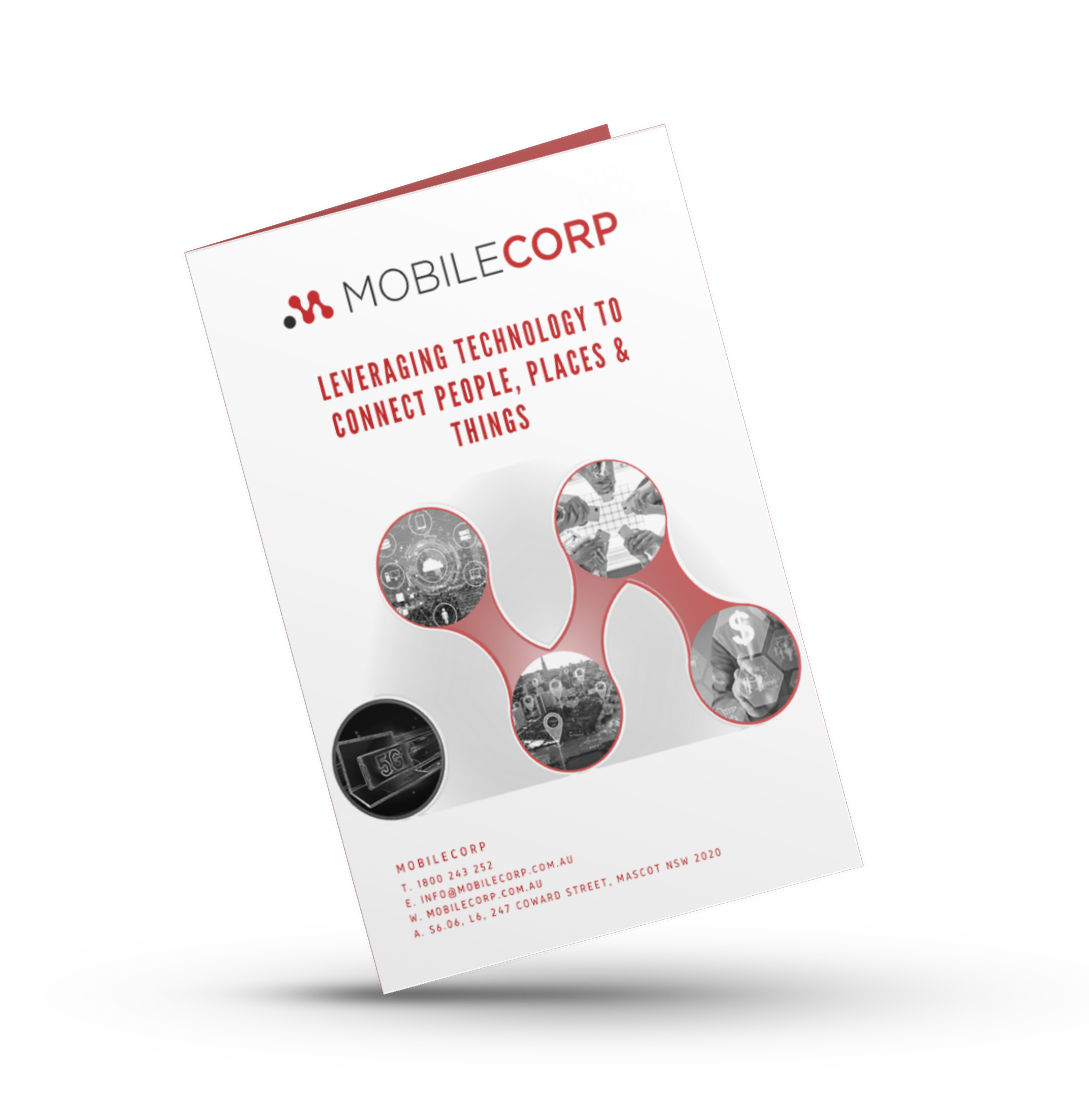The U.S. version of the new iPhone 14 is the first iPhone manufactured without a physical SIM card tray, instead supporting up to eight eSIMs and dual active eSIMs.
The iPhone 14 models released in Australia and also in other markets across the globe have retained the physical SIM slot, but it is only a matter of time before all iPhones in all markets will be eSIM only.
The iPhone is no stranger to eSIM. All iPhones since the iPhone XS and XR in 2018 have had eSIM capability alongside a traditional SIM option.
eSIM stands for embedded SIM, with SIM itself an acronym for Subscriber Identity Module. An eSIM replaces an external physical SIM card to connect the iPhone to cellular data, and can be activated at any time over-the-air.
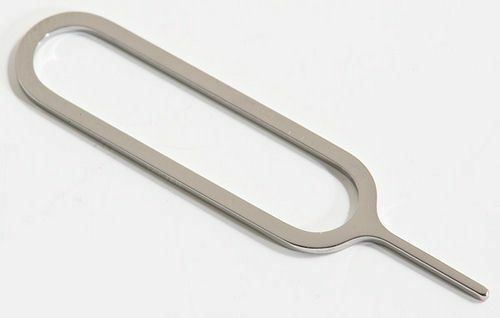 Image: The end of an era. No more SIM ejector tool
Image: The end of an era. No more SIM ejector tool
Why would a user want or need eight eSIMs or dual active SIMs?
The iPhone 14 U.S. models can support up to eight eSIMs. In addition, both the iPhone 14 and earlier iPhone 13 models can have two eSIMs active at the same time.
Having multiple eSIMs allows users to take advantage of competitive pricing from multiple carriers, store SIM services which are relevant to different geographies, and have dedicated phone numbers for different functions - all on the one device.
Active Dual SIM means a user can have two phone numbers able to be accessed simultaneously on the device.
- Have two different numbers accessible - one number for business and another number for personal calls - without having to carry two phones.
- Add a local data plan when you're travelling outside the country or region and avoid expensive roaming charges. [This can also be a negative if the country you are travelling too does not support eSIM technology.]
-
Switch numbers during a conversation.
-
Choose a number before sending an iMessage or SMS/MMS message.
- Have separate voice and data plans, allowing you to take advantage of competitive call rates.
- Let your iPhone remember which number to use. When you call one of your contacts, you don't need to choose which number to use every time. By default, your iPhone will use the same number that you used the last time you called that contact. If you haven't called that contact, your iPhone will use your default number.
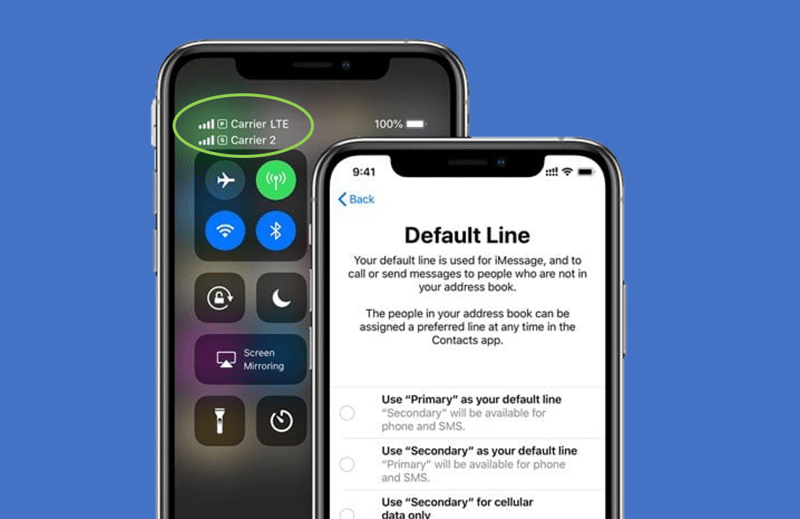
Why has Apple moved to eSIM only?
Apple has listed the main benefits of eSIM as security, privacy, flexibility, and convenience when travelling.
"eSIM offers many benefits while you travel abroad. It's more secure than a physical SIM because it can't be removed if your iPhone is lost or stolen. With eSIM, you don't need to obtain, carry, and swap physical SIM cards (which can also be lost), or wait for them to arrive by mail.
"On your iPhone, you can store eight or more eSIMs, which will be there whenever you need them. You can have two eSIMs active on supported iPhone models at the same time. This could, for example, include one eSIM for your home and another eSIM for the place you're visiting. You can swap which of your stored eSIMs are active simply by changing your selections in Settings. This might be helpful if you travel regularly to the same places.
"Your carrier might also offer the ability to manage your eSIM plan digitally and add more data as needed."
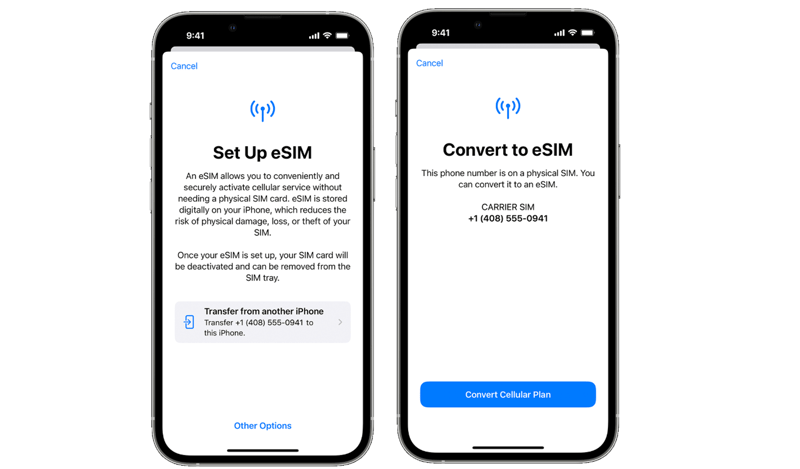
Australian iPhone 14 series retain the physical SIM...for now
The iPhone 14 series just released in Australia has retained the physical SIM slot for a nano SIM, but also has eSIM and dual eSIM support.
Apple has not given a timeline for the removal of the SIM tray from iPhones bound for the Australian market. However, they have said they expect to announce more countries moving to the eSIM model later this year and also in 2023.
Most Australians still use physical SIMs however during the pandemic, the adoption of eSIM accelerated as businesses realised the practical difficulties of delivering physical SIMs to employees at home. At least 20 percent of SIMs that MobileCorp activates for its customers are eSIM, and the number is growing.
- Blog: Why Australian businesses are rushing to adopt eSIM
- Blog: How MobileCorp is using device provisioning and eSIM to manage remote worker mobile upgrades
- Blog: How to upgrade the mobile devices of your distributed workforce
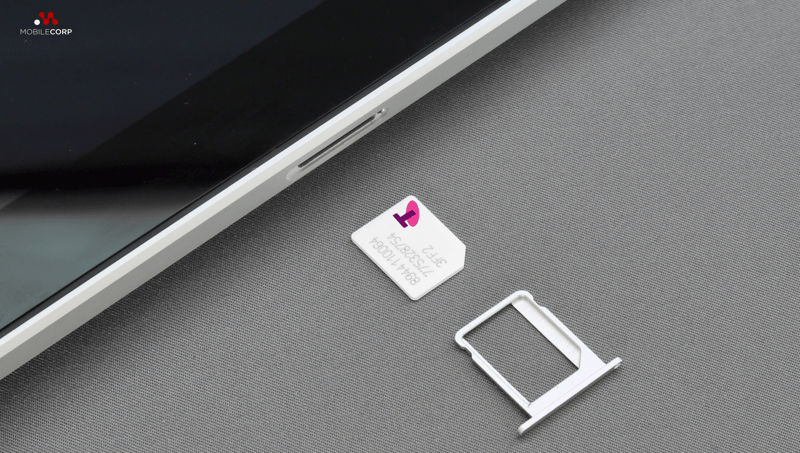
MobileCorp provides custom iPhone provisioning and deployment
For many enterprise and business customers, MobileCorp manages mobile device fleet upgrades. This includes procurement provisioning, zero touch deployment and carrier provisioning.
Procurement
- Outright purchase or Apple leasing, and trade-in options
- Automated online ordering for accurate fast turnaround
Simply lodge a ticket with MobileCorp’s service desk and your job is done. Receive automated status updates. Know your dedicated managed services consultant by name, they are based at our Sydney head office. Be assured that all order details are synced with your Asset Register.
- New devices delivered in 24 hours
Same day or overnight delivery of devices in most cases.
- Best value pricing for device procurement
Leverage MobileCorp relationships to secure bulk procurement discounts.
- Never be surprised by a device being unavailable or going end-of-life
Be shielded from supply constraints with MobileCorp onsite stockpiling. Proactively managed the transition when a fleet device goes end-of-life.
- Independent advice on endpoint choice
We source from all device manufacturers to offer a range of devices for all purposes and price points.
Device Provisioning
Open the box – switch on the device – start work!
Device provisioning delivers secure, efficient on-boarding or device upgrade. It lets employees get on with the job immediately.
MobileCorp offers a customised ‘out of the box’ zero-touch provisioning service for smartphones and tablets. This can include opening the device packaging, inserting the SIM card and activating the carrier account, applying a screen protector, and adding a protective case.
Provisioning is often bundled with a Zero-Touch deployment and/or a UEM managed service.
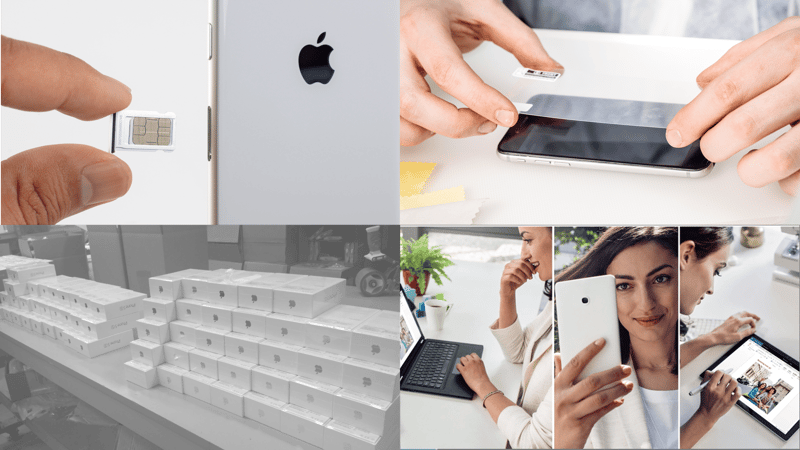
Zero-Touch Deployment
End users expect ‘no fuss’ upgrading of their business-critical devices. They expect an ‘out of the box’ experience.
- Enrolment in Apple DEP, Samsung Knox, or Android Enterprise Zero-Touch
- Custom MDM profile configuration and management
- Application deployment
If the device needs to be able to access corporate email, corporate files, or a custom company application, the most secure and efficient means of deployment will be a managed service involving security enrolment and MDM/UEM platform enrolment.
Carrier Provisioning
If you’ve ever dealt with a carrier you know how time-consuming and fraught with frustration this experience can be. MobileCorp assumes responsibility for all carrier provisioning for Telstra customers.
As a Telstra Platinum Partner, MobileCorp has direct access to the Telstra network to complete all provisioning activities without having to engage Telstra back of house service teams. Simply lodge a ticket with MobileCorp’s service desk and your job is done.
Carrier provisioning includes:
- New mobile service connections, upgrades or contract changes
- SIM card replacement, activation and registration
- Transfer of ownership – porting a service to Telstra, or transferring a service out
- International roaming management
- Network access and connectivity
- Fault management
- Telstra contract status enquiries
- Telstra/Corporate plan enquiries
- Telstra network services such as voicemail, voice2text, roaming
Fleet Renewal and Transitions
We are experts in managing bulk contract changes and plan movements, applying all the back-of-house codes to ensure that your workforce enjoys a smooth transition without disruption to their service.
We also have a proven track record with mass porting projects, onboarding new Telstra contracts efficiently and accurately.
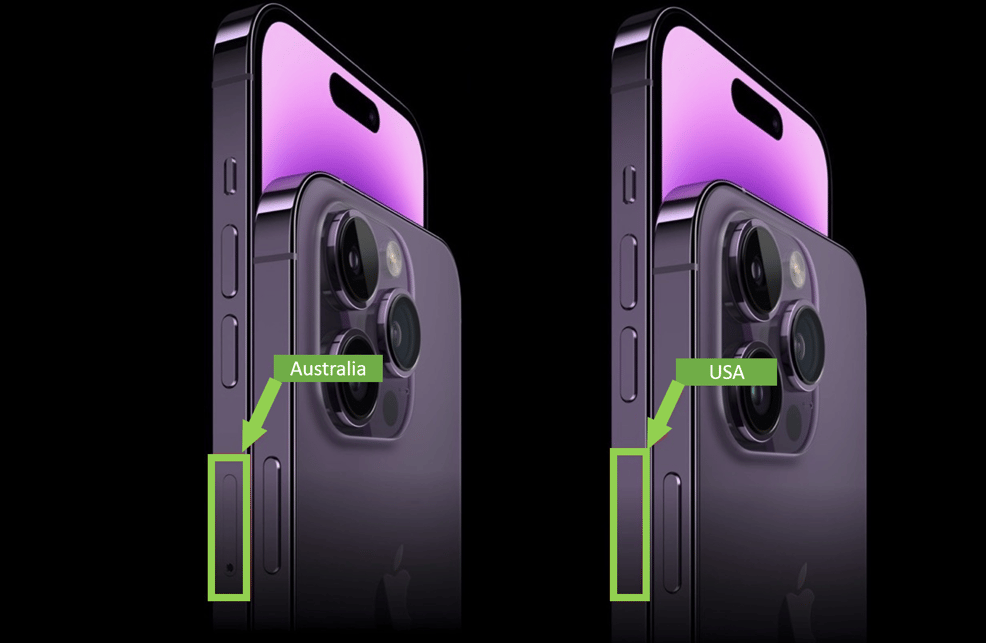
About MobileCorp
MobileCorp is an Australian communications technology company providing 5G and Wireless WAN, Managed Mobility Services, Unified Endpoint Management, Complex Data and IP Networks, and Unified Communication solutions. We have a proven track record providing solution architecture, build, deployment, and managed services for Australian enterprise and business. We are a Telstra Platinum Partner and have been a Telstra enterprise and business partner since 1988.
iPhone Michelle Lewis 19 Sep 2022
Related Posts
Popular Tags
- Mobility (80)
- Mobile Devices (79)
- Telstra (65)
- 5G (60)
- MobileCorp Managed Services (55)
- Mobile Network (34)
- Networks (34)
- Cradlepoint (31)
- Apple (29)
- MobileCorp (29)
- iPhone (25)
- Remote Working (23)
- Covid-19 (16)
- Network (16)
- Mobile Security (15)
- Wireless WAN (15)
- Cyber Security (14)
- UEM (14)
- MDM (11)
- Mobile Expense Management (10)
- Mobile Device Management (9)
- TEMs (9)
- Mobile Device Lifecycle (8)
- Cloud (7)
- Unified Comms (7)
- Unified Communications (7)
- Wandera (7)
- Android (6)
- Sustainability (6)
- Data Networks (5)
- Network Security (5)
- Samsung (5)
- Security (5)
- Digital Experience (4)
- IOT (4)
- Microsoft Intune (4)
- IT Services (3)
- Microsoft (3)
- Data (2)
- Government (2)
- Microsoft 365 & Teams (2)
- Retail (2)
- nbn (2)
- webinar (2)
- Blog (1)
- EMM (1)
- Emerging Technologies (1)
- Hosted Telephony (1)
- Managed Desktops (1)
- SD-WAN (1)
- Starlink (1)
- Telstra Services (1)
- video (1)


